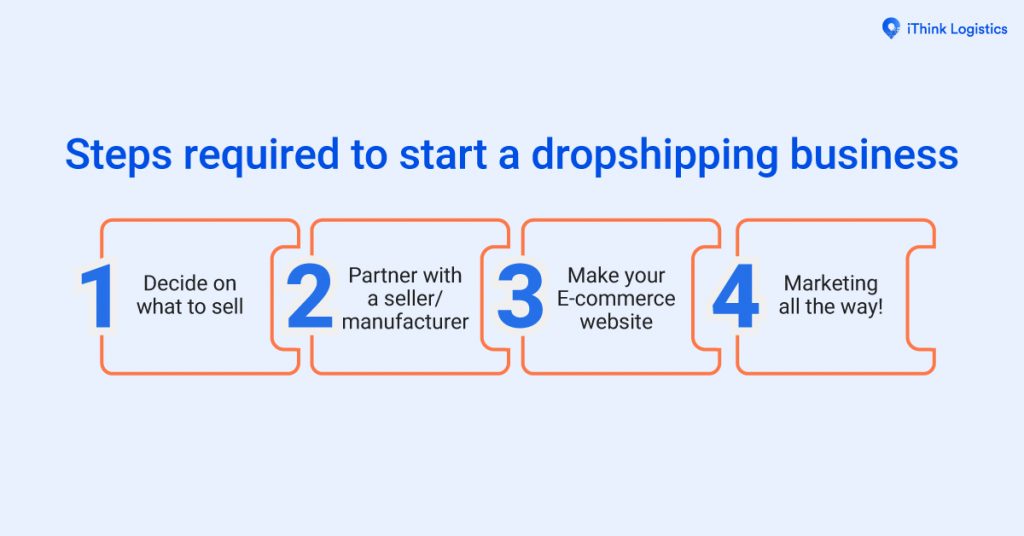In today's digital age, standard traditional stores are quick paving the way to ecommerce. This is a term that we discover frequently, but do we truly comprehend what it involves?
Let's simplify and explore this vibrant and extensive world.
What is Ecommerce?

Specifying it simply, ecommerce, or electronic commerce, describes the buying and selling of products or services utilizing the web. It also includes the transfer of money and information to carry out these deals.
The term ecommerce is typically used to explain the online selling of tangible goods, although it can also incorporate any kind of organization deal that is performed online.
Different Types of Ecommerce Models
There are four primary types of ecommerce designs that can explain almost every deal that happens in between customers and businesses. They are:
Business to Consumer (B2C): This is the most typical form. When you think of an ecommerce giant, you likely consider a site where you can buy goods straight from a company. That's B2C.
https://eformulareview.org/blog/what-is-the-earning-potential-using-the-eformula-model/ to Business (B2B): B2B ecommerce refers to a service selling a great or service to another business, like a maker and wholesaler, or a wholesaler and a merchant.
Customer to Consumer (C2C): Have you ever offered something on eBay or Etsy? That's C2C.
Consumer to Business (C2B): C2B reverses the traditional ecommerce design. https://jmp.sh/ltlwJn90 's like publishing a project on UpWork - individuals use product or services to companies.
Online Shopping - A Stratospheric Sensation
The popularity of online shopping has actually been increasing worldwide over the last few years, with countless individuals turning to ecommerce as a practical option to traditional retail. Data show that global ecommerce sales are projected to reach a shocking $4.9 trillion by 2021, a testimony to the ease and accessibility that online shopping offers in today's busy world.

Benefits of Online Shopping
Online Shopping Advantages Outweigh In-Store Experience:
Convenience: Ecommerce allows clients to go shopping from anywhere, anytime. Extra resources is a significant advantage over conventional retail.
Wide item range: Ecommerce stores can hold an unrestricted number of items, providing consumers a wider selection than physical shops.
Easy cost comparisons: Customers can quickly compare costs and evaluations from a multitude of online shops.
Challenges in Ecommerce
Regardless of its numerous benefits, ecommerce is not without its difficulties. Some of the most common difficulties consist of:
Trust problems: Since customers can't physically see or touch the item, they typically hesitate to purchase online.
Shipping and return issues: Delays in shipping or a complex return procedure can deter customers.
Security issues: Issues associated with online transaction security likewise posture substantial difficulties.
Conclusion
The way we go shopping has been transformed by ecommerce. Many individuals prefer it due to the fact that of its convenience, wide selection of items, and the ease of comparing rates. Nonetheless, like any other service model, ecommerce does face challenges. However, with advancements in innovation and much better security measures, ecommerce will continue to broaden and alter, offering an amazing future for online shopping.
As technology ends up being more intertwined with our lives, ecommerce is poised to play a bigger function in our shopping experiences. Whether you're a service owner seeking to check out the world of ecommerce or a customer interested in staying notified, it's crucial to remain updated on the most recent developments and trends in this rapidly broadening market.
